10 Day Safari in Kruger National Park from South to North
South Africa
So, you want to go on a safari in the Kruger National Park? See elephants?
Self-drive safari with a caravan from south to north in the Kruger National Park
Includes:
What is a safari?
Is it worth visiting the Kruger in January?
Safari etiquette.
Essentials to pack for a safari.
Wild card, conservation or entrance fees.
Route from south to north and Rest Camps we stayed at.
Highlights and experiences of our safari and trip within the park.
History of the north east section in the park – Parfuri.
How long do you need in the Kruger?
Interesting or useful information
Elephants at a dam near Shingwedzi
What is a real safari?
Let’s talk about a safari, 10 days, 1 day or something in between. Many people have visions of a luxurious safari, dressed to the nines in Karen Blixen’s ‘Out of Africa’ outfit. A 5-star lodge with drinks on tap and animals on demand comes to mind. Don’t get me wrong, I have had that vision too.
I’m talking about an average budget type safari undertaken by the vast majority of tourists. Real hard core stuff! Only kidding.
Let’s face it, who wouldn’t love a safari being pampered for most of the day with a couple of hours guided drives on an open safari vehicle. The thrill while an elephant poses a meter away while surreptitiously sniffing you with its trunk in case you are a threat must be exhilarating! Equally exciting, a cheetah leaping onto your safari vehicle whilst its occupants wait with bated breath in case this man-sized kitty settles for a nap on their laps.
I’m talking about a real safari, where you wake up bleary eyed before daybreak, crawl out of bed and switch on the kettle. You fill your flask for coffee because you need it to wake up and to quench your thirst while out on safari. You fumble around in the dark for those favourite homemade rusks you packed…somewhere… but now you can’t find it, baked especially for this occasion and hope they are still in the car.
An early start leaving the gate as it opens, is just like rush hour in the city - almost. Everyone has the same idea as you, because you need to get out early while the animals are still active. You drive around for a good few hours, usually rattle your bones like a witch doctor when he’s on a mission to heal you. The roads are bumpy and most of the time you only catch a glimpse of an animal’s tail disappearing behind a bush.
Alternatively the sighting of the day is usually 5 minutes before the gate closes at camp and you are 5 kilometres away from said gate and the speed limit is only 40 kilometres an hour.
Elephant having a dust bath
While on this adventurous overland journey, viewing and photographing wildlife, you get hungry and thirsty so you find a suitable spot to stop for a brief picnic before continuing to find that elusive leopard till lunch time when you head back to camp before you fall asleep behind the wheel because you need that siesta.
Sounds boring? To be honest, it might take a while to see the Big 5 but generally you are rewarded by their presence and if not, you can always spend time watching the behaviour of the other so called less exciting animals - the Little 5. Those moments are equally special.
Vultures
Talking of best sightings of the day, here’s another scenario. You stop for your coffee and rusks that you are dying for because you’ve been on the road for ages. Whilst balancing mugs and flask in hand, because of course there is no flat surface in the vehicle, or if there is, it is already full to capacity with your camera, binoculars, map and reference books, you’re about to pour hot water into the mugs, when that elusive leopard decides to show itself and you can’t take that photo without scalding yourself.
That’s a real safari!
On that note: a mid-summer safari in January – are they mad?
Bateleur
Is it worth visiting the Kruger in January?
January is slap bang in the middle of summer in South Africa. Why would we go to the Kruger then with an average of 35-degree C heat? It is often said that it is the worst time of year to go on safari.
If the heat doesn’t get to you, there is a good chance that a cyclone from the Mozambican channel will bring heavy rain and floods.
Flash floods on the Shingwedzi plains in January 2020
Shingwedzi floods in 2013 - evacuation was necessary
Click on images to expand photos
I disagree that it is the worst time to be on safari. Yes, it was uncomfortably hot at times and yes, it did rain heavily on one occasion, with some flash floods while we were there.
But it is not as if the animals disappear. They might hide in the shade for longer periods in the hope that it would be cooler there. I also have no objection to getting up at the crack of dawn in summer to hear the early morning birdsong and to catch a glimpse of nocturnal animals making their way back to their den.
Besides, if you love baby animals, round about this time is a great time to go. Cuteness overload! What fun to watch these dear little creatures, unsteady on their feet, survive their first few hours, days or weeks in the wild.
Baby wildebeest near zebra
Safari Etiquette
Close on a million people visit the Kruger National Park yearly. With the vastness of nearly 2 million hectares of prime African bush there is plenty of space for everyone and yet there still seems to be traffic jams around the wild animals. Ah! Of course! That’s the objective of a safari, especially if there are lion or leopard involved.
Now wouldn’t it be great if the said animal strutted their stuff while we each had a great view from every angle? Even better if there was no obstruction from others as they drive in front of your lens as you are about to take a photo?
Whilst there aren’t really rules, apart from those given out by the park, there is an unwritten safari protocol; guidelines if you will. My mistake, it has been written about and you are sure to find it on the internet. I’ll add my ZAR cents worth and believe me, that is not worth much - the cent that is – as for my opinion, you can be the judge.
1. National parks provide you with a set of rules while in the park. Adhere to them. They are there for a reason: your safety as well as the safety and protection of the animals and the environment.
2. Respect the animals. They are there not only for your enjoyment but for the preservation of wildlife. Game sightings are a privilege to see, so bask in the moment but give them their space.
3. Obey the speed limit. In the Kruger National Park it is 50 km/h on tarred roads and 40 km/h on gravel/sand roads. 30 km/hour is a good average. Anything faster than that and you may miss the smaller game that is equally interesting to watch. Besides, animals have been killed from transgressors driving too fast, especially in the Kruger.
4. Be considerate to animals and to people. When you see an animal, pull over to the side of the road. Do not block its way and don’t hog the area and straddle the road so other vehicles cannot pass or have a view of the animals. There are vehicles that may have a time restriction and need to get to their next destination while you are savouring the glory of game viewing.
5. Switch your vehicle engine off if you enjoy listening to the sounds of the animals or calls of the birds. You’ll be surprised what you hear.
6. Never go off the designated road to get closer to the animal. If you are patient and quiet there is a good chance that the animal will come closer.
7. When you see an animal, approach carefully and try not to screech to a halt. This will often chase the animal away.
8. Don’t be in a hurry when on safari. If you are, you may miss out on more than you realise. This is Africa; adopt a laid-back routine but make sure you have enough time to get back to camp before the gates close.
9. Do not lean out of the windows, especially where there are dangerous or unpredictable animals.
10. Do not let your children hang out of the windows and put them in jeopardy of predators. Don’t let them dangle their prize teddy bear or blanket out the window either. If they drop it, you may not be able to retrieve it.
11. Try to avoid driving over animal droppings in the road. A vital part of the ecosystem is in those droppings, such as dung beetles and other insects.
12. Keep noise to a minimum. In other words, no hooting or revving your vehicle. That goes for blaring music too. After all, you are there to enjoy nature and see the animals.
13. Bird hides are great to get close to animals or birds within the safety of its walls or without scaring them away. Please do not disturb the other people already using the hide. Talk quietly and make sure your phone is on silent or on vibrate mode. Even though there is usually no signal except at the rest camps, an alarm or reminder might go off at an inopportune moment.
African fish eagle
Essentials to pack for a safari:
These items are useful during the day for a game drive:
Binoculars
Camera
Map and/or GPS
Animal and/or bird books or apps
Hat
Sunscreen
Lip balm
Water/cool drinks or flask with tea or coffee.
Snacks
Phalaborwa Gate, Kruger National Park
Campsite at Letaba Rest Camp
Essentials for a road trip and caravanning:
I have an extensive list for our caravan and road trips, should you be interested.
Wild card, conservation or entrance fees
What is a Wild Card and do you need to pay conservation or entrance fees as well?
Purchasing a Wild Card Membership gives you unlimited admittance for one year into all the National Parks, Reserves and Resorts (about 80 of them) around Southern Africa depending on the type of cluster you choose. This covers the conservation and entrance fee but not the accommodation, guided game drives or other excursions.
There are National and International Wild Card Memberships, depending on your country of residence.
If you do not purchase a Wild Card, you can pay a daily conservation and entry fee at the gate but if you are staying for a lengthy period of time or plan to go to other national parks later in the year, it is best to purchase a card.
We renewed our membership for the year as a couple for an All Parks Cluster. It payed for itself for our 10 nights in the Kruger National Park. We stayed at 3 national parks during our entire road trip through the Limpopo, a total of 12 nights so it was not necessary to pay an entry or conservation fee for the other two nights. Furthermore, if we plan to travel to other national parks later in the year, we do not have to pay any conservation or entrance fees again. A cost effective way to see many of South Africa’s national parks as well as some of Swaziland’s cluster parks.
Click here to find out more about Wild Cards.
Campsite at Shingwedzi Rest Camp
Route and Rest Camps we stayed at
Route from south to north:
A self-drive safari gives you freedom to move at your own speed (within the speed limit of course)
We entered the park at Malelane gate in the south of the Kruger National Park. As we were towing our own caravan, we stayed at 5 of the main rest camps with caravan or camping sites.
One overnight stop at Berg en Dal Rest camp.
Drove north via Skukuza where we stopped for lunch then on to Satara Rest Camp for overnight stop.
From Satara Rest Camp via Olifants camp for a lunch stop then to Phalaborwa gate where we exited the park for one night and re-entered the following day. (we met friends at Phalaborwa who joined us for six nights in the park)
Phalaborwa Gate to Letaba for two nights.
From Letaba we continued north to Shingwedzi for four nights. (Initially we were to spend two nights at Shingwedzi and two nights at Punda Maria but our plans changed due to unforeseen circumstances)
Punda Maria for two nights then exited the park at Parfuri gate.
View of the waterhole at Punda Maria from the campsite
Route on Google Maps:
South versus the north
The south of the park is usually busier than the north with a greater density of people, possibly due to the easier access as well as supposedly the bigger numbers of animals in the south.
In the summer months local and migrant birds nest and breed in the Shingwedzi flood plains. The south often has amazing big cat sightings. Then again the north has some mammals and bird species that can’t be seen in other sections of the park. Either way both sections have plenty to offer.
The floods must have been severe in 2013 to have risen from a small stream to the sign in the tree
Where should you stay in the Kruger?
There are various camps to choose from but we stayed at the campsites in five of the main rest camps mainly for their swimming pools. Each camp had its own appeal and attraction. I cannot vouch for the chalets or bungalows for this trip.
Berg en Dal – we hoped to camp near the fence, but unfortunately all those sites were taken. There is a lovely dam with a resident hippo in front of the restaurant.
Satara – because this rest camp was not busy, we managed to secure a campsite next to its fence and enjoyed looking out onto the plain. On the other side of the fence, a hyaena strolled past in the evenings and we saw a huge herd of impala grazing just a few meters away on the other side of the fence. Other campers had seen a herd of elephants walking past the previous evening.
Letaba – we had a resident monitor lizard climbing the tree next to our caravan. The vegetation was quite lush outside the fence. Be sure to check out the Letaba Elephant Hall museum.
Shingwedzi – unfortunately the swimming pool was out of use due to maintenance and this was where we sorely needed it, as we stayed there for four nights. However, we loved the game viewing in this area, especially the elephants. We chose to drive up to the Parfuri area for the day, which is well known for its birds, its fever tree forest and its baobabs.
Punda Maria - has a beautiful waterhole which we thought we would enjoy and apart from a few small game and birds, the first night we saw an elephant come to drink water. However when it rained that night and the following day excessively, there was so much water lying around the animals did not need to come to the waterhole to drink.
Baobab
Younger baobabs
Fever trees, Parfuri
Red Rocks, Shingwedzi River
Is there gold in the Kruger National Park?
An American prospector from Texas named Bill Lusk thought there was. He panned for alluvial gold from 1916 to 1920 at Red Rocks near Shingwedzi in the Gubyane sandstone reef in the river. Whether he ever found any, I don’t know.
We had golden moments though!
Pearl spotted owl
Cheetah
Highlights and experiences of our safari and trip within the park.
Some highlights of our trip was seeing a Pearl spotted owl, a cheetah as well as most of the Big 5 - bar one - a leopard.
Lion
It is the tail end, but it is still a lion
Rhinoceros
White rhino
Buffalo
Cape buffalo and saddle billed stork
Elephant
We saw quite a few elephant. This one seems rather tired - or too many hours spent at the waterhole?
Leopard
Although we didn’t see a leopard, in fact we were within meters of a leopard. We were towing our caravan to the next rest camp and a huge truck had stopped on the side of the road, we presumed for maintenance. There were a few game vehicles as well as other private cars already causing somewhat of a traffic jam around this truck and we discovered there was a leopard or possibly even two lying in the culvert off the road.
Soon there were more vehicles and each one was trying to squeeze through a narrow gap between vehicles parked at various angles to catch a glance of the beautiful predator.
There was no way we could see the leopard and no way we could continue with our journey. No sooner had we resigned ourselves to the fact that we were stuck for a while, when an inconsiderate person came from behind to squeeze and ask what we were looking at. This caused a complete blockage until they were forced by another vehicle to reverse back to behind us.
We all wanted to see the leopard but unfortunately this was not to be. I would also have loved to take a photo but couldn’t. Eventually we managed to squeeze through the gap and continued with our journey.
I might be shouted down here, but I disagree with this unwritten protocol: The first person to arrive at a sighting has the right to stay there - all day if they wish.
In my mind it is pure etiquette to give others the opportunity to see such a special wild animal as well, let alone photograph it – even if it is just a memory shot. We all pay to be in the park and see the same animals. Take a short while to watch and admire the animal and by all means, take a few photos, then please be so kind as to move on so others can have the opportunity to look as well.
If you are the only one there, you are welcome to take your time for your National Geographic shot, but be on the lookout for approaching vehicles wanting to view the same animals as you.
These three short video clips are just some of the highlights of our trip:
Elephants swimming in river
Elephants drinking water – Shingwedzi dam
River starting to flow in Kruger National Park
Camping under the Mopani trees
Naturally in the January heat you are looking for a lovely shady tree to camp under. There are many trees in the Kruger National park, but especially mopani trees. Not thousands, not millions I’m sure, but billions!
What do you get with that? Mopani worms of course! Maybe not the only variety, but worms there are, of all shapes and sizes. They wiggle through every little micro hole into the caravan to dangle on a transparent silky thread over your nose, ready to wriggle up your nostril while you are sleeping.
There are many insects and although the entire Kruger is malaria area, we hardly saw any mosquitoes. However we still felt it was necessary to take malaria prophylaxis.
Elephant at Punda Maria waterhole
Accommodation outside the Kruger National Park, where you may enter the park for a day visit:
Meet me at the waterhole
A waterhole or river is often a good place to see animals, although not the only place. Sometimes it appears there is nothing happening but frequently if you wait a while something will appear to quench its thirst or have a bath. We loved spending some time watching or waiting for something to happen or often we just stumbled upon something. When you allow your eyes time to adjust to the scene, you will be surprised what you see.
Is it Mavalanga or N’watindlopfu? Beautiful tusks! Look at the indentations on the skull of this elephant. That is an indication that he is not such a young one.
The sighting of an elephant bull
The legend of the Magnificent Seven elephants live on in the museum at Letaba in the Kruger National Park. Emerging Tuskers carrying impressive ivory are being studied by scientists. We suspect we saw one of the newer generations of named tuskers. Not sure if the pictures above or below (of the same elephant) is a bull named Mavalanga or N’watindlopfu. Could be one of the others too.
Punctured tyre in the Kruger
Yes, it happened to us or at least our caravan. Needless to stay, we couldn’t go any further. The normal procedure in the park would be to ask someone that passed by to report it at the next camp. There is no cell phone signal, so you cannot report it yourself.
You would then wait for assistance. Because we were on a remote road the chances were unlikely that someone would pass us.
We were two vehicles and our friends could perhaps have continued and reported it at the next camp, but they had vehicle issues of their own so it was unanimous that we would stick together as a group in case they ran into difficulty. They could at least provide us with our own ‘Dakar’ roadside assistance.
I was on elephant and predator lookout duty while the others changed the tyre. Elephant were close to where we stopped but were unperturbed by us. You never know when a predator is going to surprise you though, but fortunately we had quite a large open area around us. It is also advisable to have your vehicle doors open so you can jump in if need be.
On that note, the roads in the park were in a good condition but there are some sharp stones on some of the roads that can damage tyres. After heavy rains or storms, the condition of the roads is bound to change as well.
Crook’s corner at the confluence of Luvuvhu and Limpopo rivers, Parfuri
History of the north east section in the park - Parfuri
Crooks corner
3 countries and the 4 cardinal points come together at Parfuri where the Luvuvhu and Limpopo rivers meet.
East was the Old Portuguese territory (Mozambique)
North was Southern Rhodesia (Zimbabwe)
West was the Union of South Africa (South Africa)
South was what is now known as the Kruger National Park
The confluence was home to illegal ivory hunters and outlaws. Illegal black labour recruiters and gun runners also used this area as a natural refuge. At the corner of the confluence is a beacon. If the outlaws stood on the other side of the beacon they would be supposedly safe from the long arm of the law. Not sure if law enforcement stuck to that unwritten rule.
Before and after photos. The Luvuvhu river was fairly dry and within a few days after heavy rain, the river was flowing. Click on photos to enlarge.
How long do you need in the Kruger
How long is a piece of string? Only kidding, but it depends on how much you want to see.
In my opinion a minimum of three to four days is required in the park but that would be for a small section otherwise you would be rushing from one side to the other. We stayed for ten days which was quite comfortable and doable to get from the south to the north for our trip. I could however happily have stayed longer.
My advice for first timers would be to spend at least two nights at one rest camp at a time, if at all possible. This gives you sufficient time to explore the area close to that particular camp.
Accommodation outside the park:
Sign at Satara Rest Camp
Interesting or useful information:
Ablution facilities. Some of the rest camps and ablution facilities are slightly outdated but we found them to be clean and serviced daily. Some of the rest camps have been renovated so I presume they are constantly working on it.
Monkeys and other wild animals in the rest camps. We were concerned about monkeys being a problem and we were happy to say the only place we found them a nuisance was on one occasion at Punda Maria. I am glad to say that SANPARKS seem to have stepped up their measures on trying to keep the wild animals inside the campsites at bay.
I am still of the opinion, if you leave food out, it will attract the animals and I am convinced there are people who do, so they could get that perfect shot. There are numerous signs warning people not to feed the animals. If you feed them, they become a nuisance, then they would have to be shot.
Packing supplies: Keep it simple – don’t pack more than you need. There are generally well stocked shops in most of the main rest camps. Fresh vegetables and fruit are not always available, but generally there is bread or rolls, soft and alcoholic drinks and a few other emergency supplies. We self-catered, so did not utilize the restaurants at the camp.
Clothes. The temperature can vary from balmy warm summer evenings to cool temperate nights. In the summer months light, breathable clothing is preferable. We found it hot and humid. In winter I would suggest a warm jacket, especially for those early morning and evening game drives. If you are in an open safari vehicle, a beanie and gloves can be useful too.
Temperature. Just before our departure from home, Paul bought a small fan for our caravan. It was certainly worth it as we do not have air conditioning in our little XCape, although it is well ventilated.
Fuel. Both diesel and petrol are generally readily available at the main rest camps. Majority of the time we could pay by credit card, unless there was an issue with the signal from the cellular network.
Cellular network and reception. There is only signal at the main rest camps or close to them. We found that MTN worked better than Vodacom.
Electricity. I don’t recall any occasion that we had no electricity which is more than can be said for our electricity at home, considering the entire country is undergoing load shedding, an interruption in supply of electricity for two to four hours on most days.
Staff: We found the staff in the Kruger National Park and its rest camps helpful and friendly.
Road conditions: Most of the main roads in the park are tarred. Some roads are untarred with coarse gravel or sand. All the roads were well maintained. Take into consideration though, if there has been a downpour or flash flood, some of those conditions will change and low-lying bridges can become impassable.
HOT TIP: You don’t have to boil your own kettle if you don’t want to. At Kruger National Park there are urns or geysers at the sculleries with potable boiling water to put into your flask for that cup of tea or coffee.
Parfuri Picnic spot
Balala Picnic spot near Shingwedzi
There is so much more information about the Kruger National Park that I could ramble on for at least double the length of this blog, but I won’t bore you anymore.
Would I do this self-drive safari again? For sure! I would go back tomorrow if I could. But this time I’d like to stay at a few of the satellite or rustic bushveld camps - unless of course someone is willing to sponsor me at one of those luxury lodges!!
The SanParks Kruger website is packed with information that is generally kept up to date regarding roads being closed, information about rest camps, etc. Be sure to keep an eye on it if you are undertaking a trip there.
Have you been to the Kruger National Park? How did you drive through it and what was your safari experience?
Relevant blogs:
Capturing the quintessential spirit of the Kruger National Park
Limpopo road trip route plus itinerary and Kruger National Park safari
Nthakeni Bush Camp – tranquil off the grid indulgence
Quick links:
SanParks: https://www.sanparks.org/parks/kruger/
How to get to Kruger National Park: https://www.sanparks.org/parks/kruger/get_there/
Wild Card: https://www.sanparks.org/wild_new/
Travel times in the Park https://www.sanparks.org/parks/kruger/get_there/travel_times.php
Gate information: https://www.sanparks.org/parks/kruger/get_there/gates.php)
Do you like safaris?
Follow me on Social Media:
Step by step instructions on how to leave a comment on my blog:
Type in your comment in the comment box.
Click ‘Post Comment’
Briefly a message should appear saying you are not logged in, then a box with ‘Post a Comment’ will appear for you to complete with your name, email address and website URL (if you have one).
Fill in your first name and email address in the appropriate section. (Your email will not be made public and will not be used for any other purpose than for you to get a notification of a reply to your comment.)
Click ‘Comment as Guest’ and you’re good to go!
To subscribe to my blogs, please fill out the SUBSCRIBE form.
Thank you.
I know it is quite a process, but it helps keep our websites secure. Your email address will not be shared or displayed.



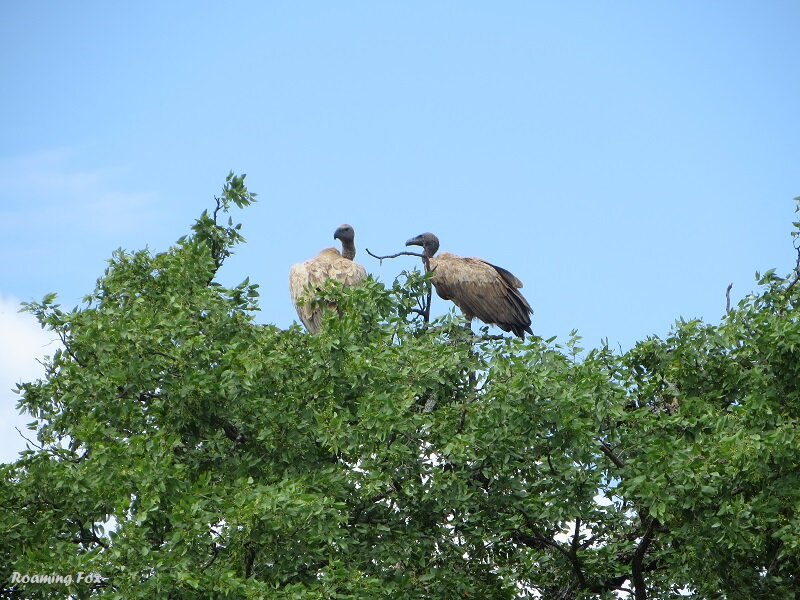
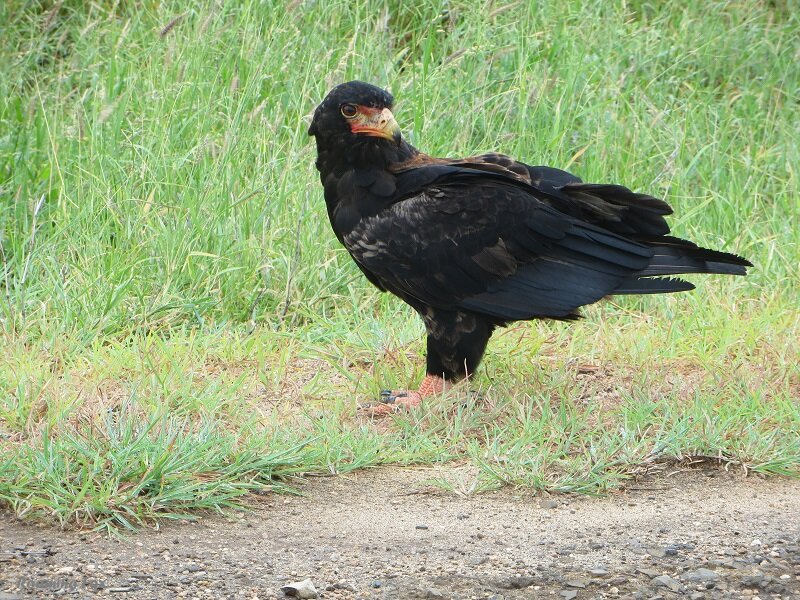




























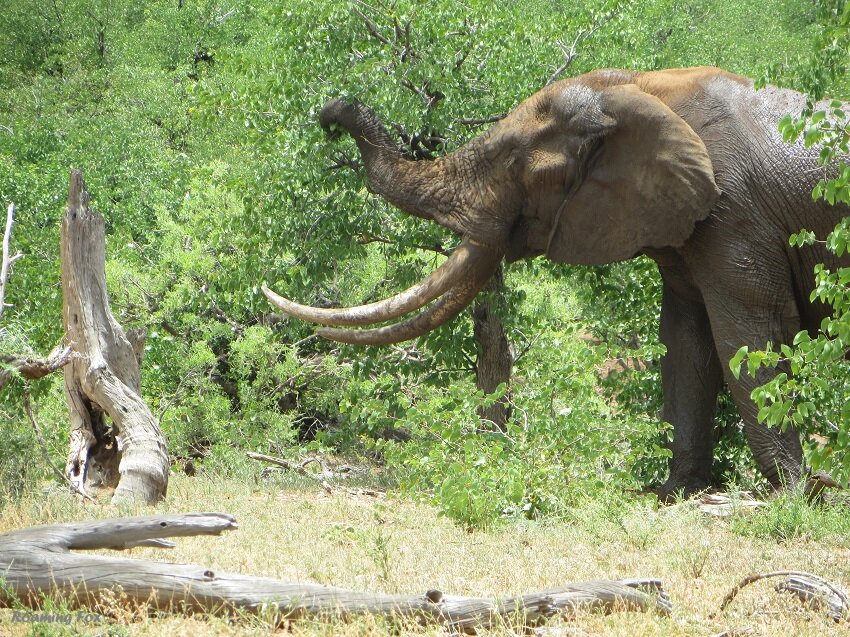









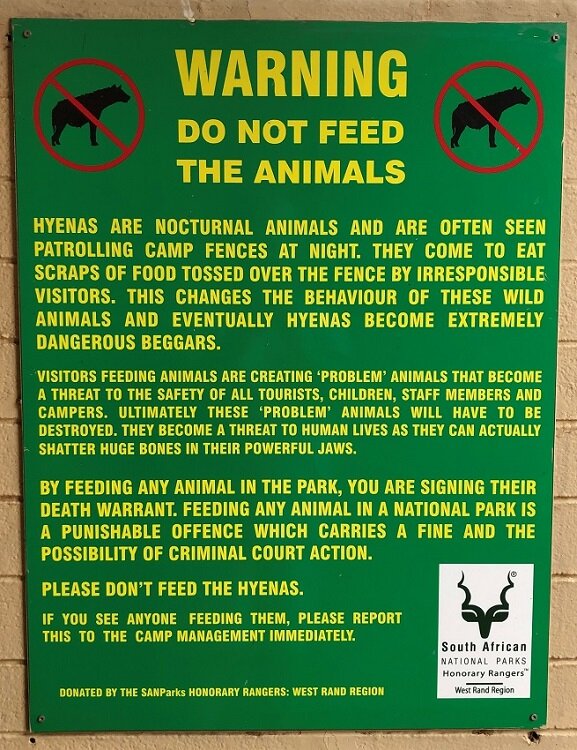







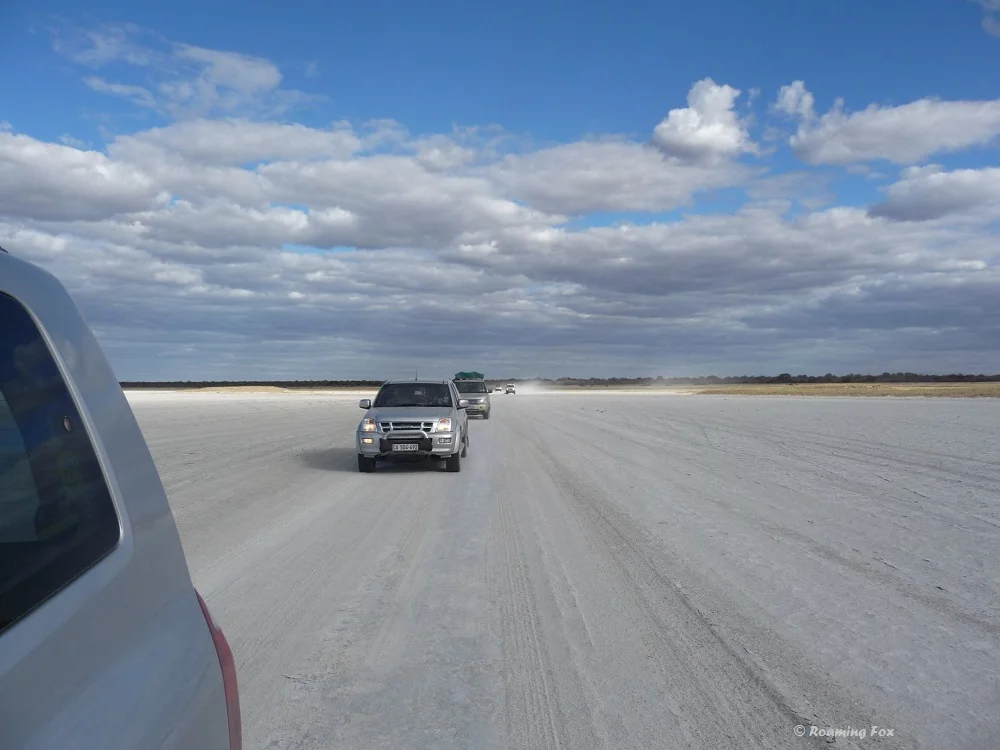
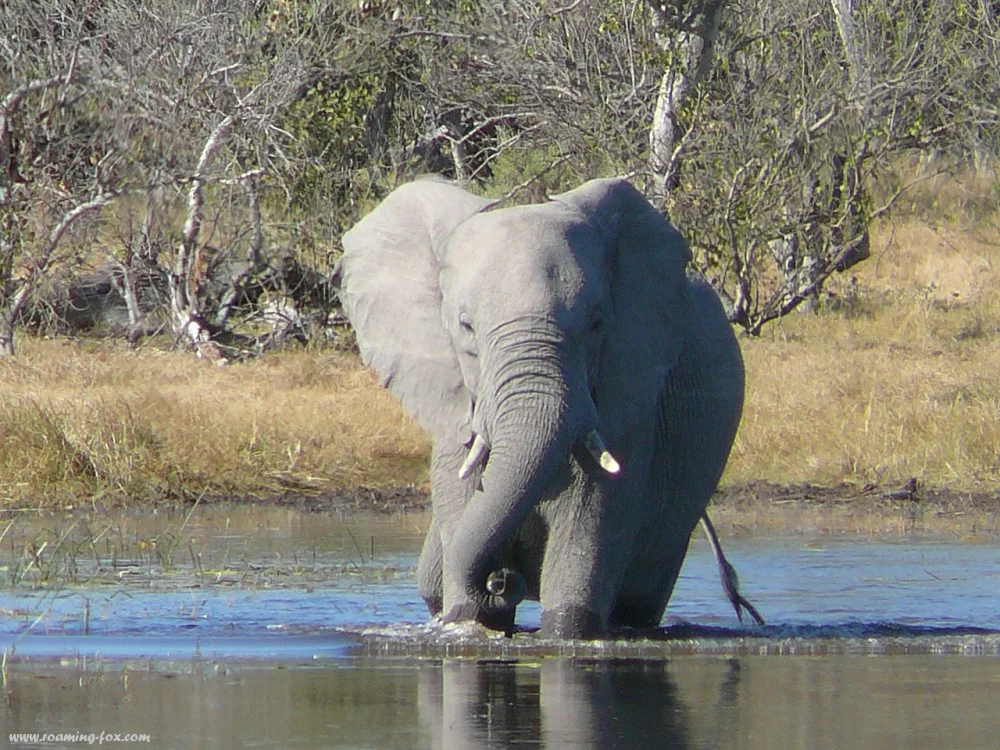


Everyone loves an adventure and Africa is an ideal place to get your adrenalin pumping.